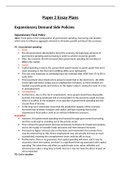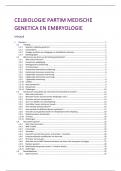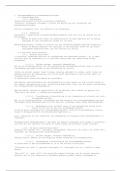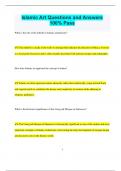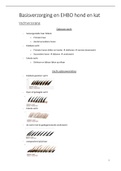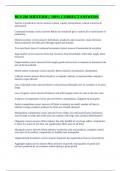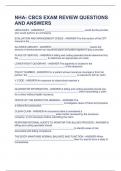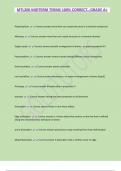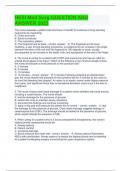Samenvatting
Summary Macroeconomics 25 Marker Essay Plans
- Vak
- Instelling
This document consists of 30 pages of Paper 2 Essay plans (Microeconomics). Each essay plan includes top facts, analysis, knowledge and evaluation to get you an A* in your Economics A-level. Each plan is tailored to the top scoring 25 marker structure of the Edexcel Board. However, they can be used...
[Meer zien]
